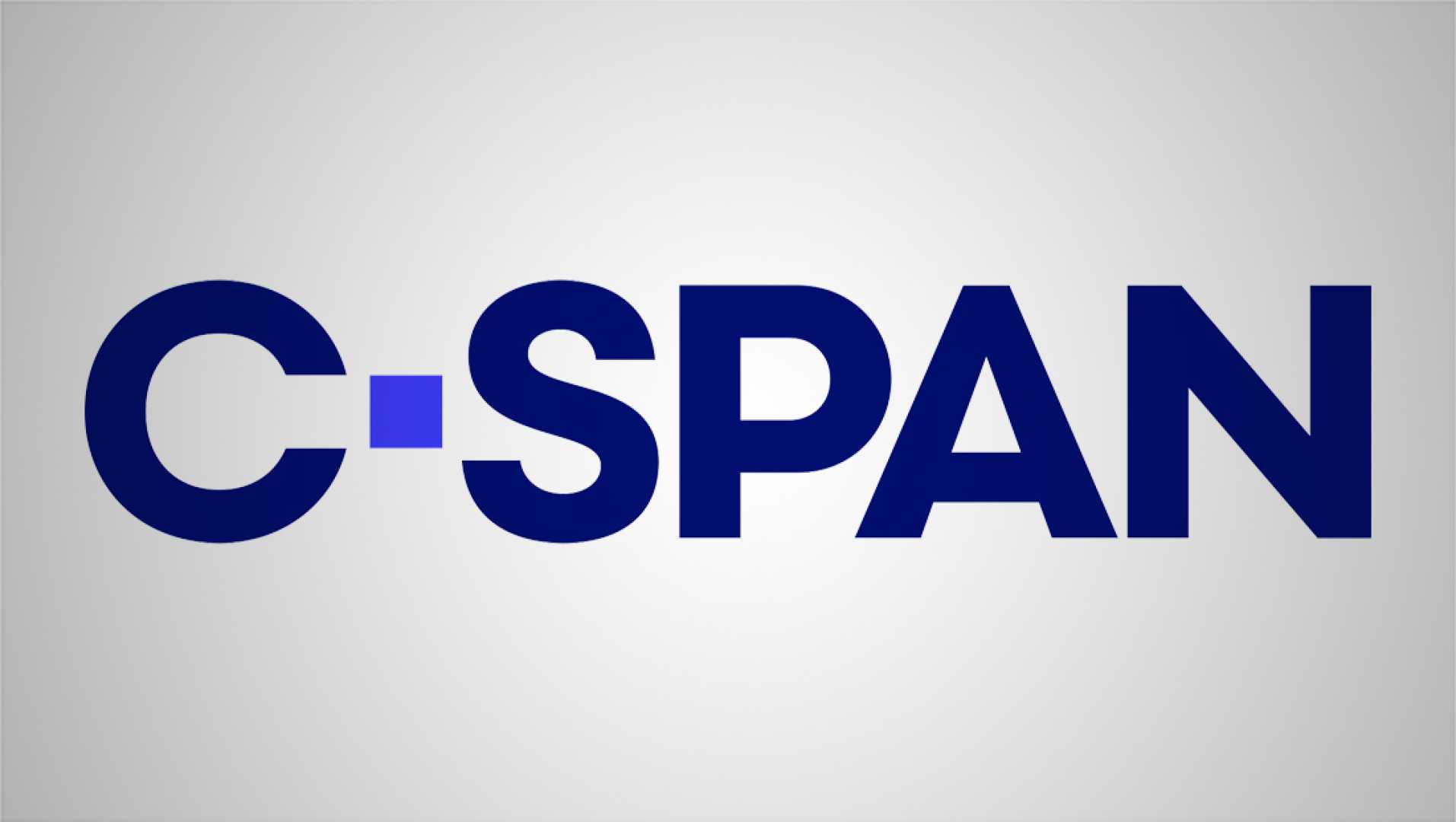News
C-SPAN’s Declining Viewership Raises Alarm for Public Engagement

Washington, D.C. — C-SPAN, the long-standing public-affairs channel available on cable, is facing a significant decline in viewership and revenue. Once available in nearly 100 million homes, the number has dropped to around 51 million due to Americans increasingly cutting the cord with cable providers.
C-SPAN, which operates as a nonprofit and relies on fees from cable and satellite companies, has seen its revenue decline by approximately 35% since 2018. With financial estimates showing expenses will exceed revenue by about $8 million this year, C-SPAN’s CEO Sam Feist calls the current trajectory “not sustainable.”
As a response to this challenge, C-SPAN is looking to expand its presence on multichannel streaming platforms, such as YouTube TV and Hulu + Live TV. However, these streaming services have hesitated to include C-SPAN channels in their lineups due to perceived lack of subscriber interest.
YouTube TV, owned by Google, stated that it cannot justify the cost of adding C-SPAN based on subscriber interest. A spokesperson acknowledged that although C-SPAN has its own following, it would require a substantial increase in demand to cover the expense for subscribers.
Feist expressed frustration over the situation, emphasizing that C-SPAN provides crucial access to political proceedings, showing the workings of democracy in real time. He noted that expanding access could substantially improve C-SPAN’s financial situation; just by adding C-SPAN to YouTube TV could nearly eliminate the revenue shortfall.
C-SPAN’s campaign to join streaming platforms includes encouraging viewers to reach out to services like YouTube TV and Hulu. Its website features a pop-up urging support for C-SPAN, with a header declaring, “Access to Democracy Matters for All Americans.”
Historically, C-SPAN has been synonymous with cable television since its inception in 1979. Founded with the mission to deliver unfiltered coverage of government proceedings, C-SPAN has cultivated a unique spot in the broadcasting landscape. The network’s founder, Brian Lamb, ensured neutrality was paramount, prohibiting hosts from announcing their names during broadcasts.
Despite its popularity, C-SPAN does not receive federal funding, which keeps it politically neutral. The channel continues to focus on live congressional coverage, offering access to unedited sessions in the House and Senate.
With bipartisan support from lawmakers, including Senator Ron Wyden and Representative Mike Flood, C-SPAN is rallying for inclusion in streaming platforms. They argue that the low per-subscriber fee of just 7.25 cents makes C-SPAN affordable for major streaming services, and essential for public engagement.
Wyden expressed disappointment at C-SPAN’s exclusion from streaming, stating, “A company as big as Google can’t afford seven cents per subscriber to provide the meat and potatoes of government news?” As the landscape of media consumption evolves, Feist remains hopeful that C-SPAN can adapt and continue to serve its mission of fostering civic engagement.












